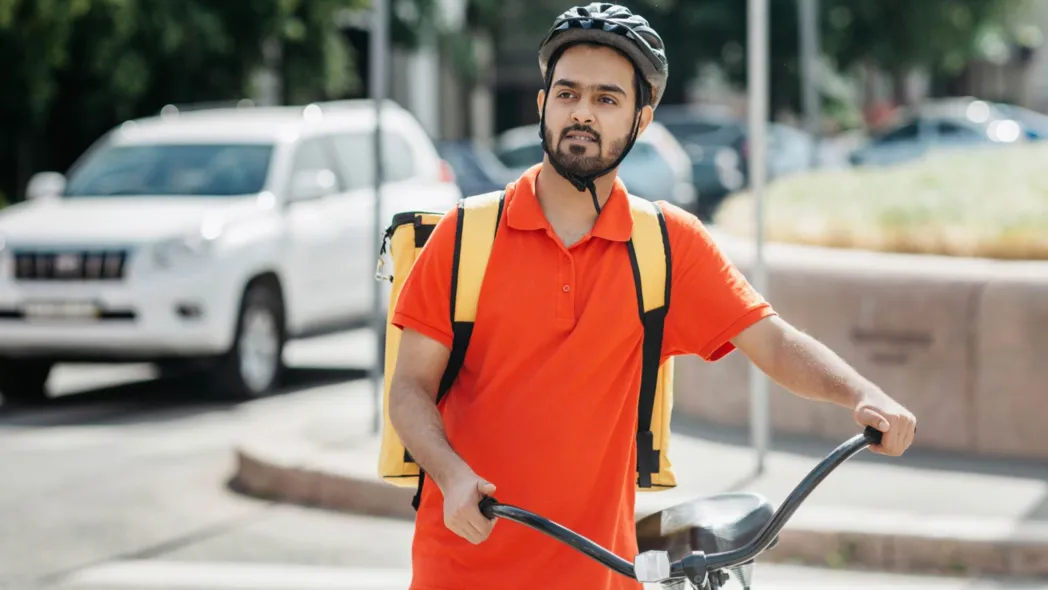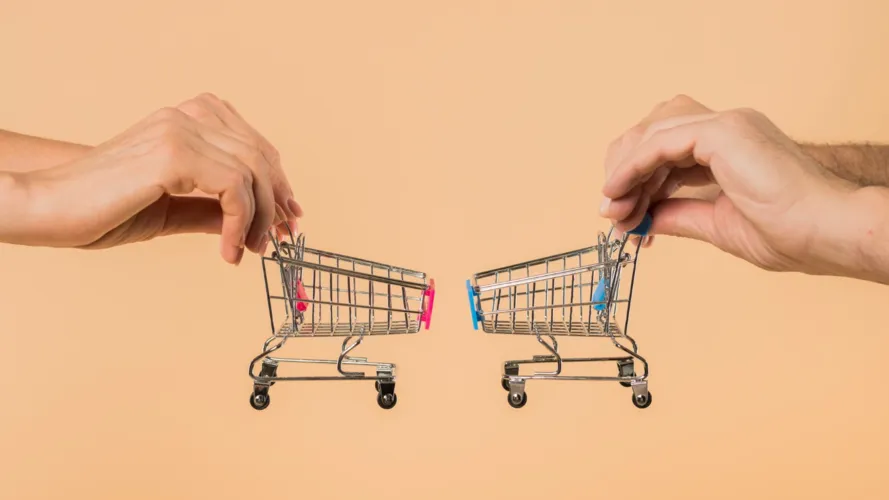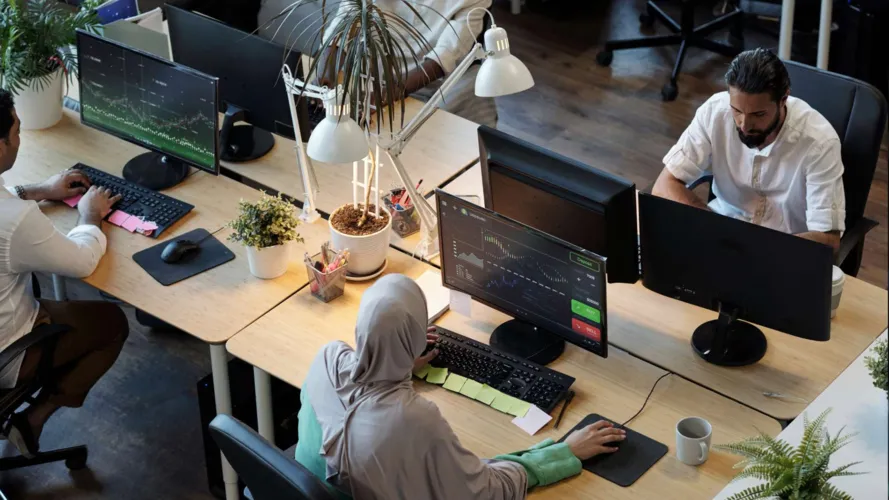Overview
The Saudi Delivery Apps Market is no longer just a convenience, it’s a high-stakes industry reshaping the kingdom’s digital economy. As smartphone penetration climbs to 134.1% of the total population, delivery platforms are finding fertile ground for expansion. By 2030, the market is expected to surge to USD 17.05 billion, nearly doubling from USD 8.33 billion in 2025, riding the wave of rapid e-commerce adoption and strategic foreign investments.
Mobile Connectivity Sparks an Industry Boom
It starts with a tap — one seamless interaction between users and an app. With 49.89 million mobile connections recorded in early 2024, Saudi Arabia has embraced digital convenience like few others. Internet penetration stands at 99%, enabling Talabat, HungerStation, and Jahez to refine logistics and AI-driven personalization, making ordering effortless. It’s a competitive space, but companies investing in real-time tracking, automated inventory systems, and predictive consumer analytics are setting themselves apart.
Investment and Acquisitions Redefining the Playing Field
The sector isn’t just growing, it’s consolidating. Delivery Hero SE acquired the remaining 37% stake in HungerStation for USD 297 million, a deal that underscores the mounting competition. Meanwhile, China’s Meituan entered Riyadh in April 2024, signaling global interest in Saudi’s booming food delivery landscape. The market is also shifting toward cloud kitchens, a model championed by Rebel Foods, which launched its USD 100 million expansion plan to cater to growing demand.
Digital Payments Fuel Expansion
Cash is fading fast. Saudi Arabia’s financial sector recorded SAR 19.5 billion in mobile payments in August 2023, a staggering 18% increase year-over-year. The government’s goal to reach 70% cashless transactions by 2025 is rapidly transforming the digital commerce landscape. BNPL services like Tamara and fintech disruptors like HyperPay, set to go public, are making transactions smoother while boosting customer confidence in app-based orders.
Also Read: Digital Payments Dominate Saudi Fintech Market Size at 48.5%
Grocery Delivery Apps Dominate Growth Projections
While food delivery remains dominant, groceries are the fastest-growing segment. The category is projected to expand by 18% from 2024 to 2029, driven by urban convenience and AI-powered logistics. The industry is responding with scheduled deliveries, precision-driven inventory, and route optimization, ensuring that perishables arrive fresh. As more consumers shift to one-tap grocery shopping, delivery apps are broadening their ecosystems beyond food service.
Saudi Vision 2030: A Digital Infrastructure Blueprint
Saudi Arabia’s Vision 2030 aims to digitize 80% of the retail sector, reinforcing the Saudi Delivery Apps Market as a cornerstone of its economic transformation. Even with inflation at 2.47% in 2022, the sector remains resilient, adapting through last-mile efficiency strategies, fintech collaborations, and AI-powered distribution channels. The government’s long-term push toward e-commerce ensures sustained growth, despite global economic uncertainties.
The Competitive Landscape: Local Giants vs. Global Entrants
Saudi’s local players aren't backing down. Jahez, HungerStation, and Talabat continue to dominate by integrating AI-driven logistics, enhanced payment systems, and strategic acquisitions. As dark stores and cloud kitchens redefine fulfillment strategies, the competitive balance between local pioneers and new entrants is shaping a fiercely dynamic market. Success won’t be measured by sheer scale but by technological innovation and operational agility.
The Saudi Delivery Apps Market is no longer just a convenience economy, it’s a powerhouse of digital transformation, redefining how consumers interact with brands and services. By 2030, as mobile payments, AI logistics, and e-commerce solutions converge, this market will stand as a testament to Saudi Arabia’s rapid tech evolution.







